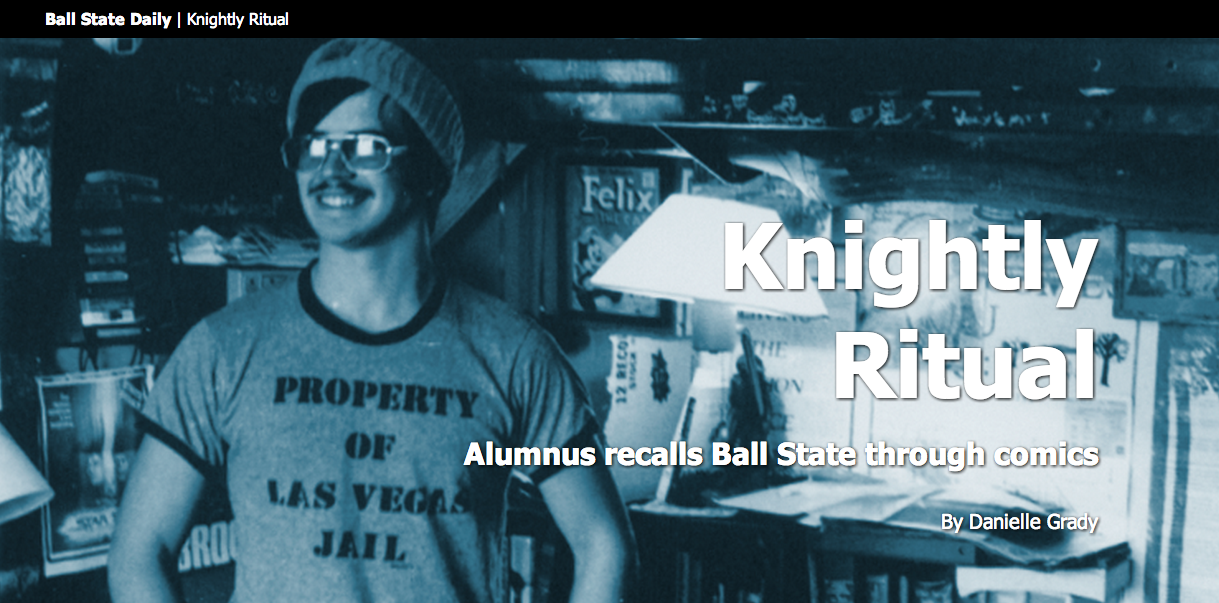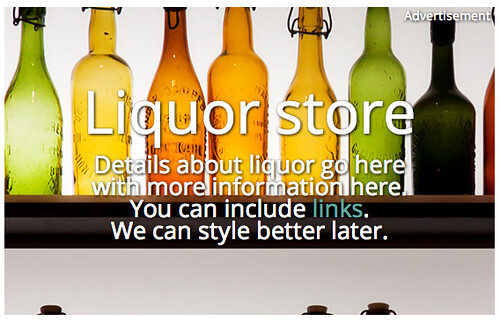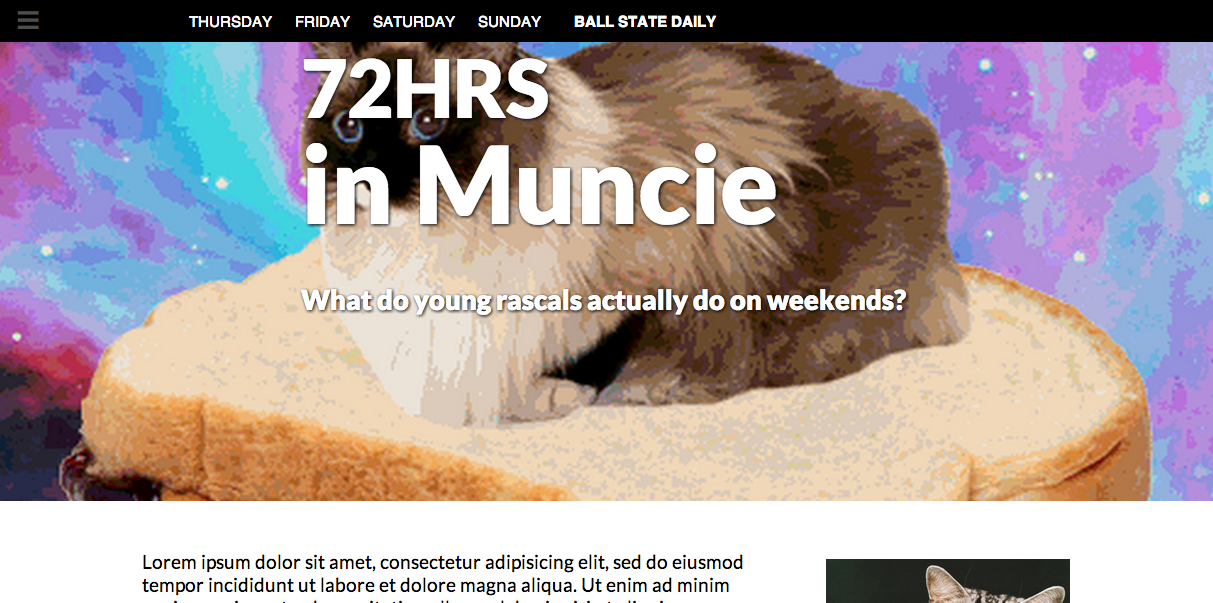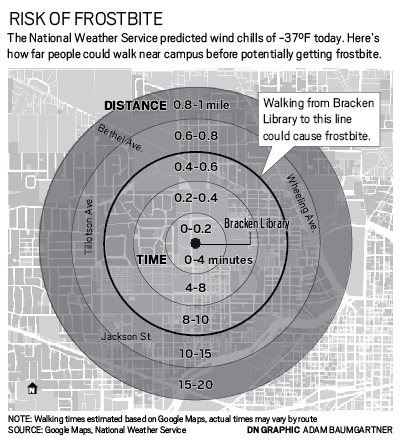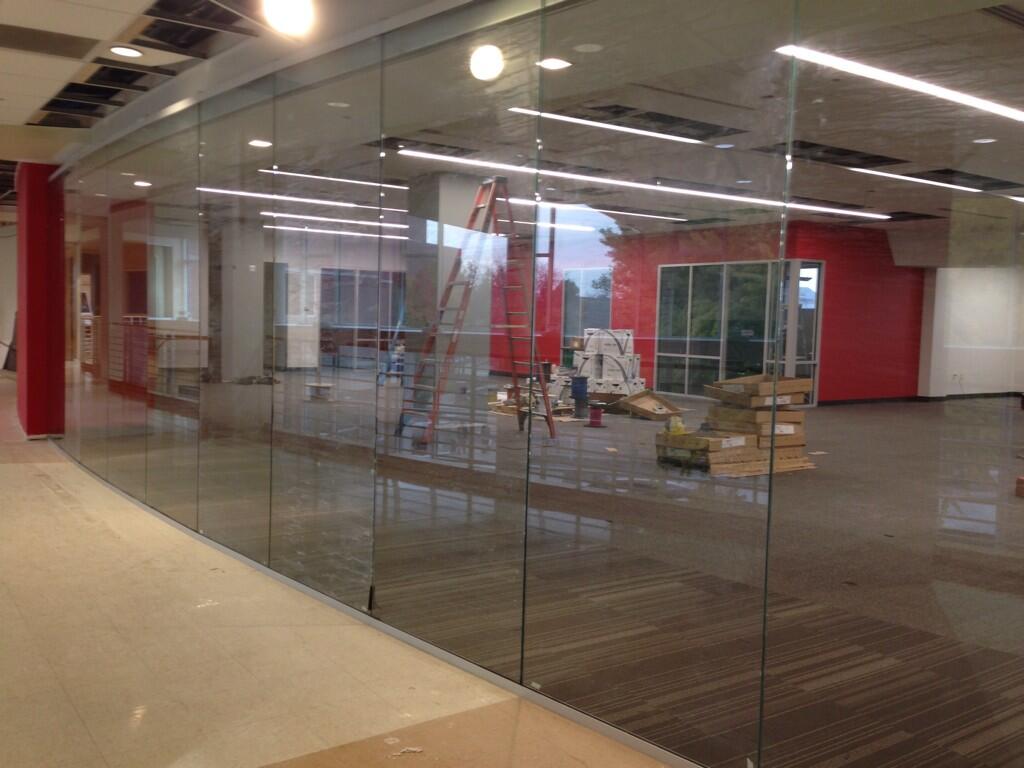Racially denigrating tweets.
Confederate flags.
A new smoking ban.
It's been a fast-paced year full of change at The Ball State Daily News.
I took over as editor-in-chief in August, and since then, we have had a slough of fantastic stories.
But as important as the stories themselves, we have had the visuals team to help push the stories forward.
This year more than the past two I've been a part of the student paper, our photographers, designers and reporters have been collaborating to produce visuals that tell stories as well as the words themselves.
This could in part be because this year we have a dedicated art director, Amy Cavenaile, who works hard each day to make sure each editor is communicating and contributing to get photos, illustrations and graphics when necessary.
Undoubtedly, is is also because of the hard work of Michael Boehnlein, our design editor, and Corey Ohlenkamp, our multimedia editor.
They and their staffs have been blowing me away this year.
And trust me, I've been challenging them.
This year more than ever, we've been considering the nature of our newspaper. I tell our design staff time and time again, treat the top fold of the front page as a billboard for The Daily News.
We have a few brief seconds to capture people's attention as they walk by our stacks of newspapers. More often than not, we are competing with friends and phones for attention.
So make it sassy.
Between the increased relevance of our stories' topics and the energized way we now present them, the return rate of our paper is lower than in years past.
As we continue to reconsider the way we use our current design style, we are also moving forward with a redesign. Our top concern as we redefine ourselves is usability. We want our print product to be easy to follow, enjoyable to read and able to compete with the "lean forward" mediums while still being a "lean back" experience.
This means we are reconsidering the types of stories we include in the paper, as well as how we structure them. Even previews, for instance, rarely are treated as full stories. Instead, they are posted on our twice-weekly "Bulletin Board," to which people submit their events and we write a few sentences about them.
That allows us to devote many reporters and a lot more space to news of more consequence. For instance, we have been able to focus far more on administrative issues, policies affecting students and other changes in campus life because we have spent less time on this fundraiser or that.
Of course, it is always our priority to report on the lives of our readers. But as a print organization, a campus event that happened yesterday isn't news tomorrow. That's what the internet is for.
We want people to pick up our paper – to think and learn because of it.
That said our web focus has grown far stronger. We no longer have a photography staff. Their name is now the multimedia staff. They produce videos and photos, now, knowing that the things they cover needs for more than stills and text.
We are working with Ball State's new media organization, Unified Media, to cover spot news and daily events in a timely way for the web.
(As a little background, last year, The Daily News got rid of its website in favor of posting bsudaily.com, which aggregates all forms of student media on campus. The student media organizations now work together to cover news and produce multimedia packages. It is still a bit rocky, but it's an amazing project that has enabled our staffs to grow as multipurpose reporters.)
Because of our shifted focus on online coverage, we are also about to launch a new version of bsudaily.com.
Launching later this week, the website is responsive and has a much stronger focus on visuals and video.
It is a website meant to compete for attention, and because of that, it demands attention through strong images, sounds and headlines.
Furthermore, we are contributing to Unified Media's new tablet app, The Weekly. (I should note Amy Cavenaile had a major roll in designing the app as the new website.)
The app publishes, as you would expect, weekly, and is meant to highlight the top stories from the week prior. It is highly interactive and meant to truly engage through touch, not just look.
Every image, button, link makes you want to say, "I'd tap that." I really encourage you to download it!
In short, I and my staff recognize that media organizations cannot continue as they have in the past. We are trying to be solutions instead of victims.
If you haven't, feel free to take a look at our staff's newspagedesigner.org account. We would love your feedback. (http://newspagedesigner.org/profile/BallStateDailyNewsdesignsta)
And please, let us know what you think of bsudaily.com when it launches Oct. 18.
Thanks for your time!
Adam

